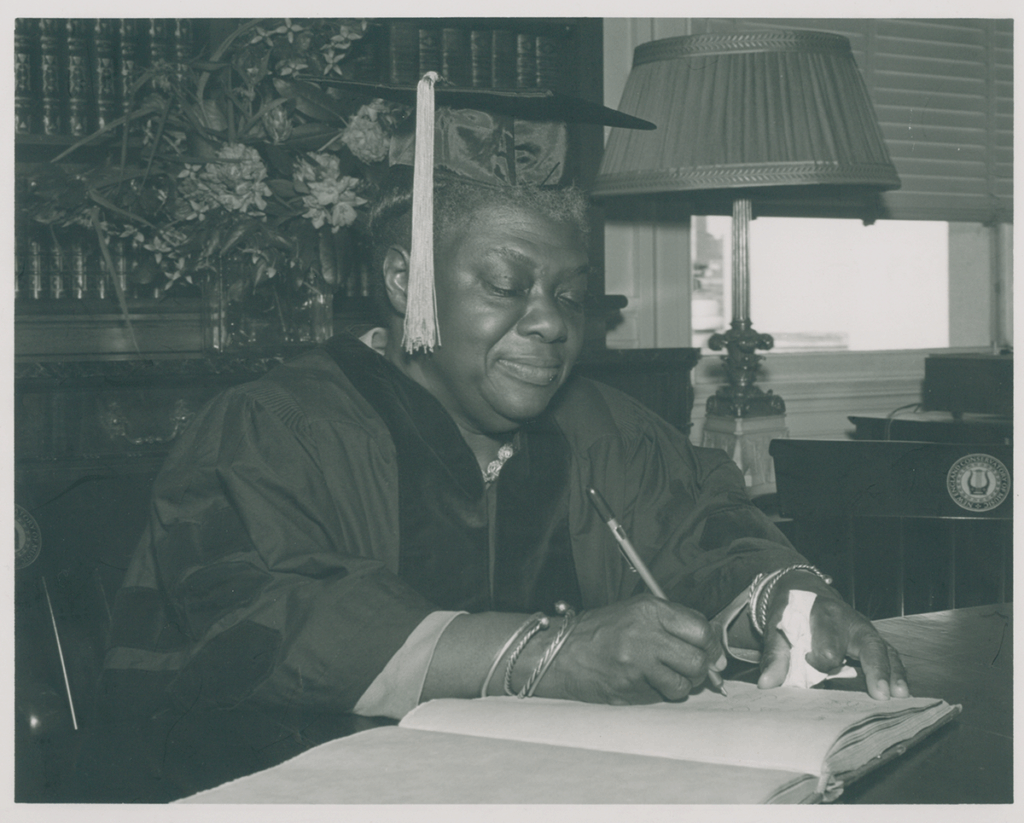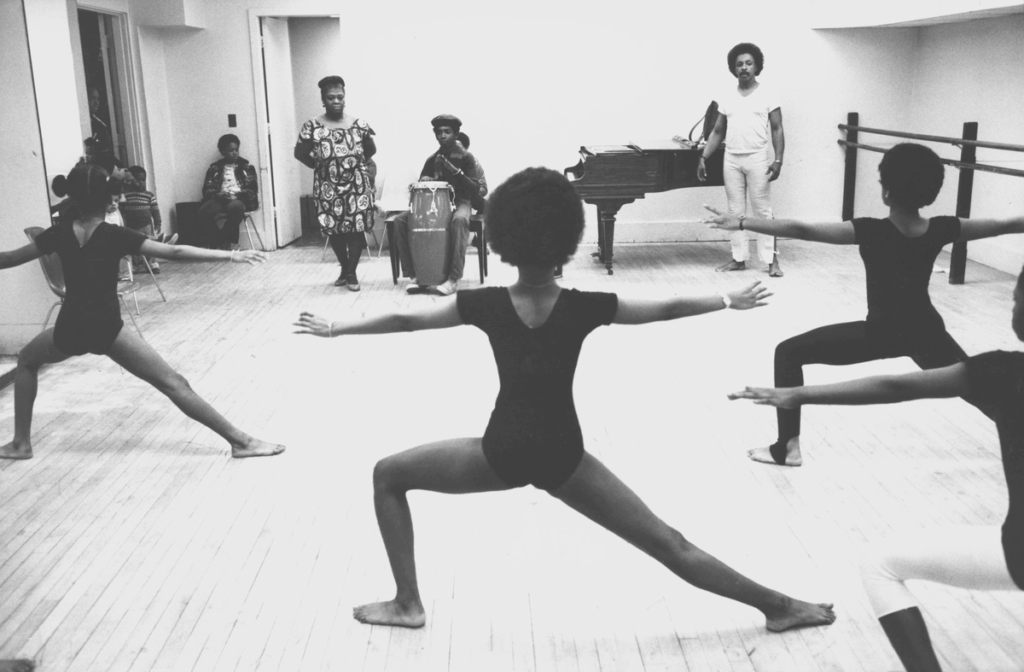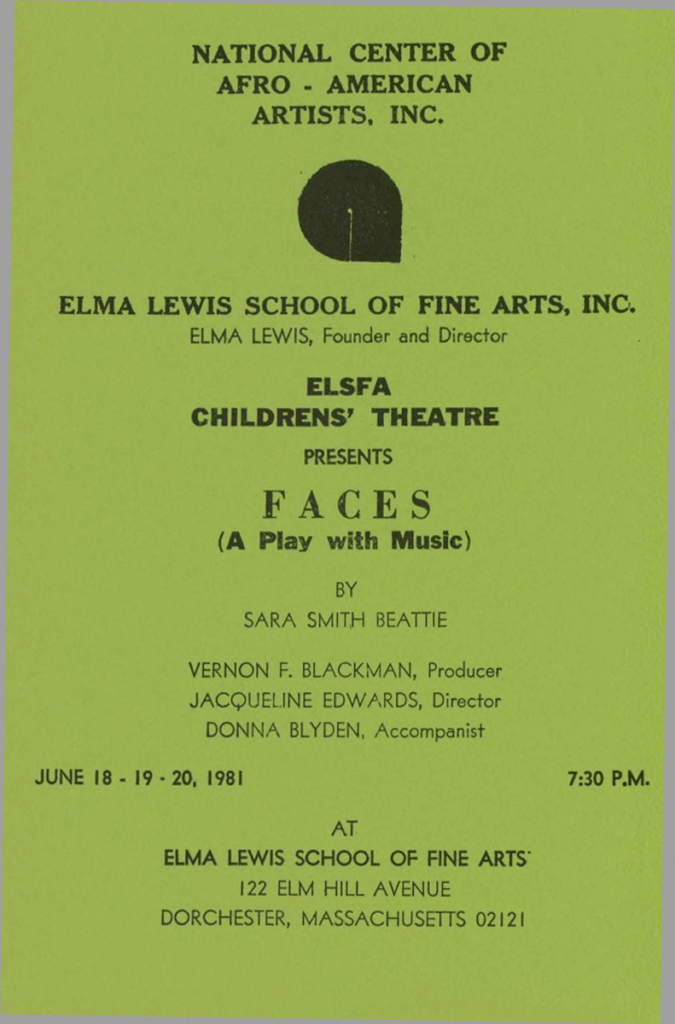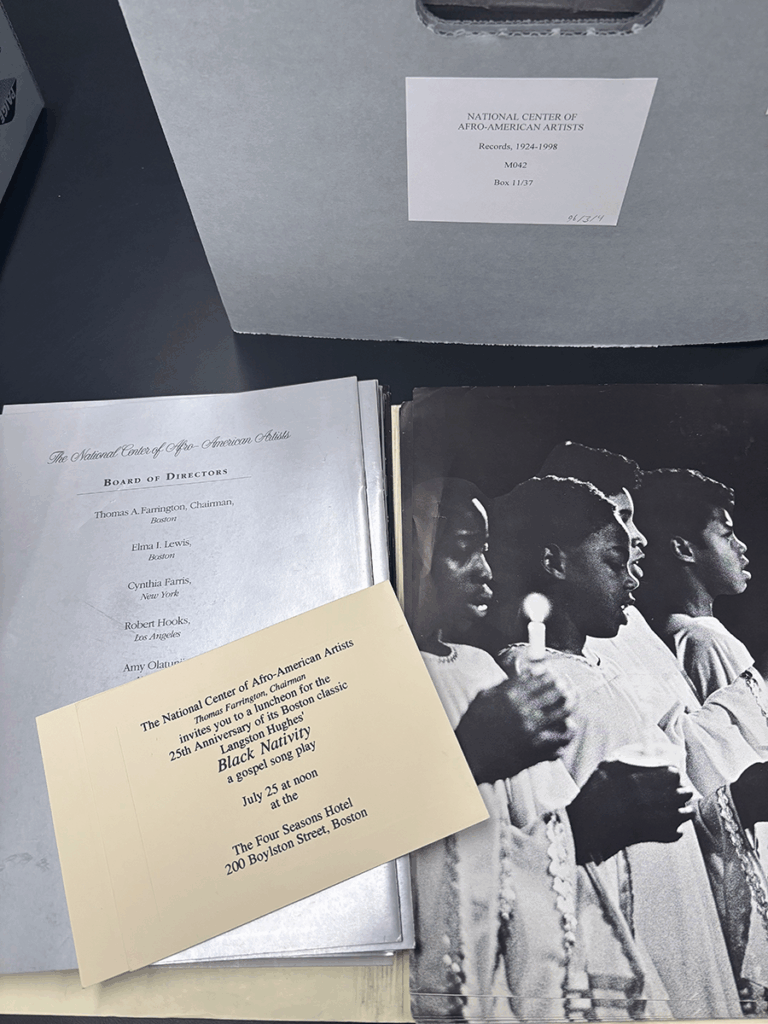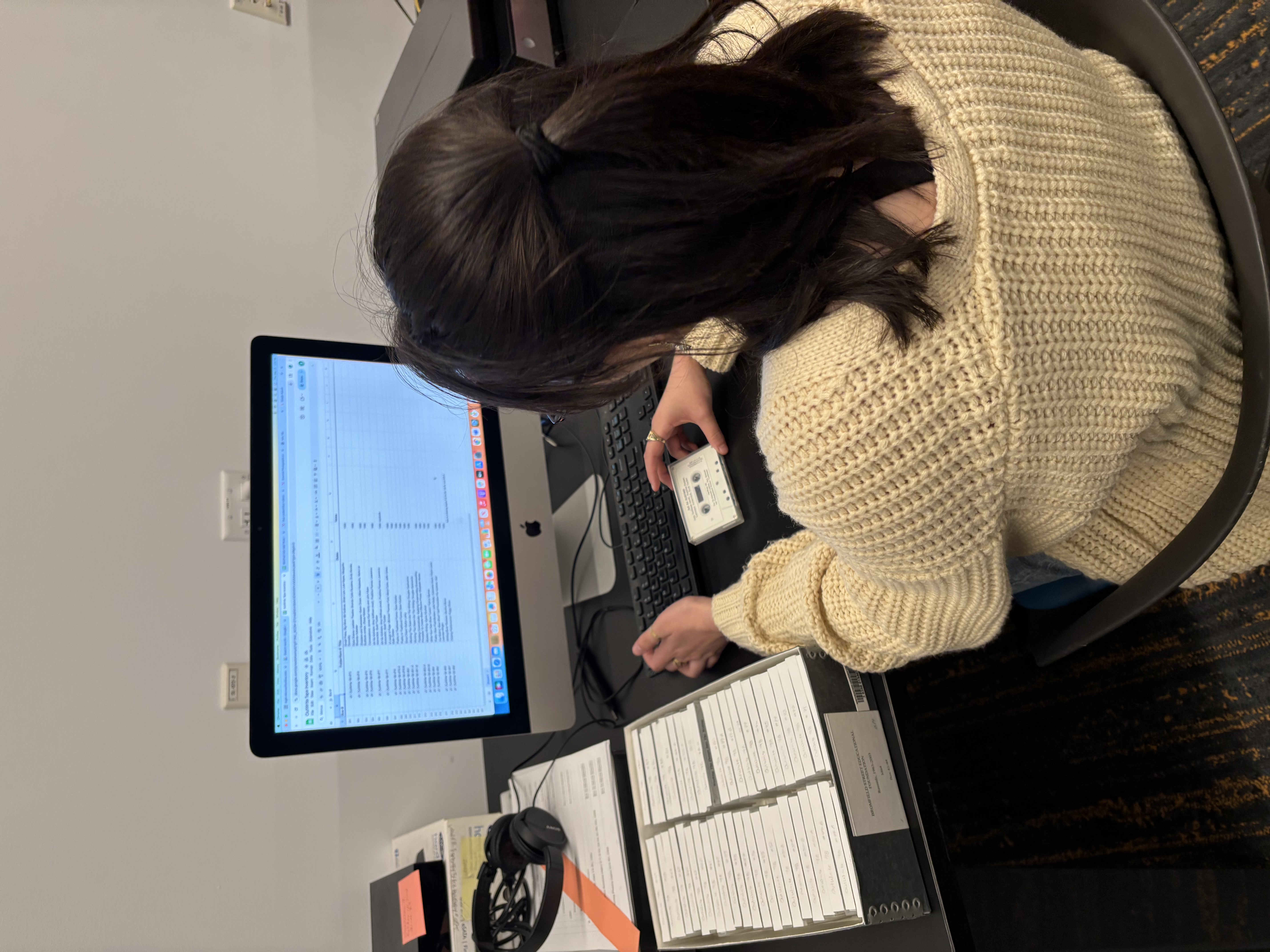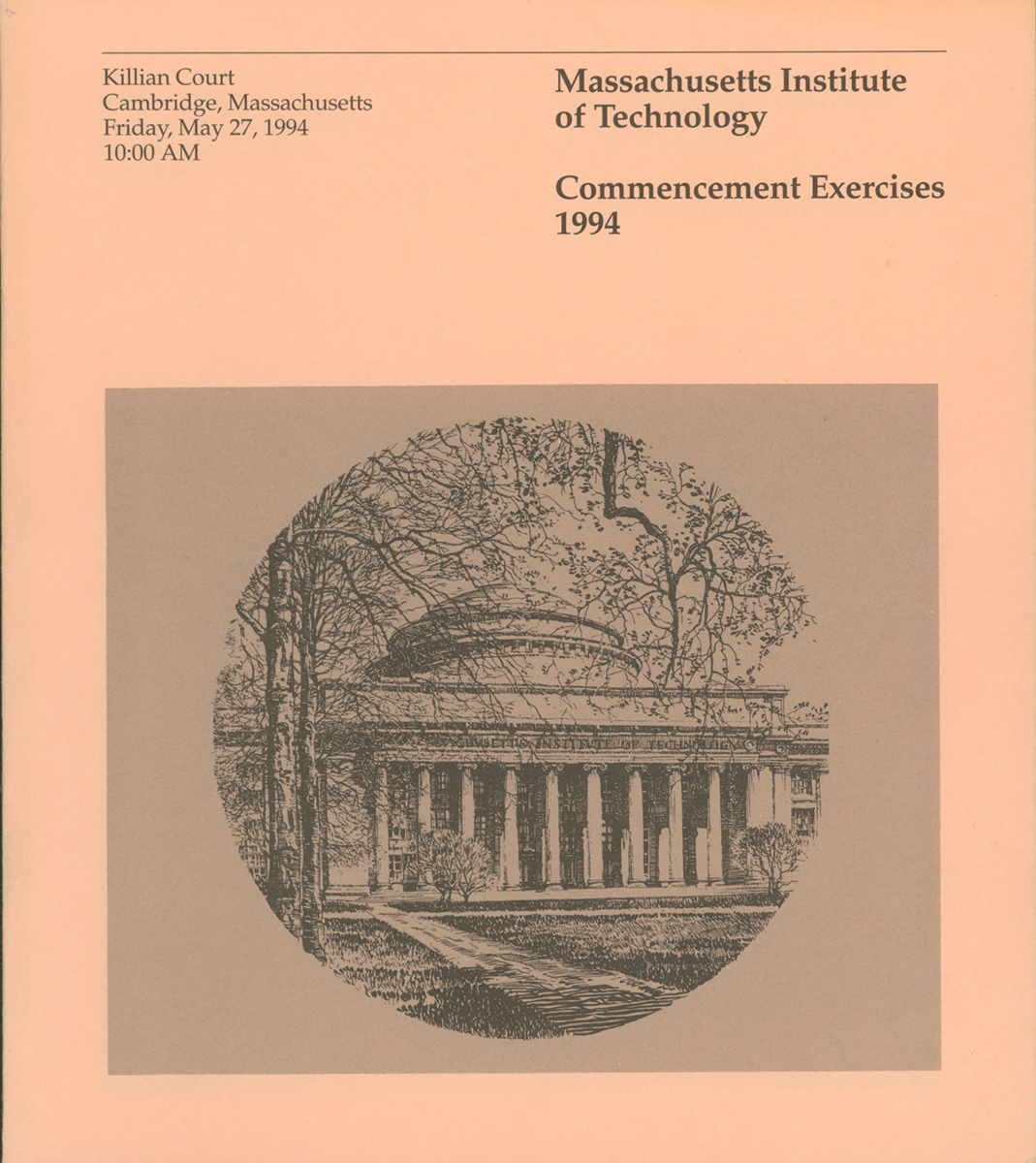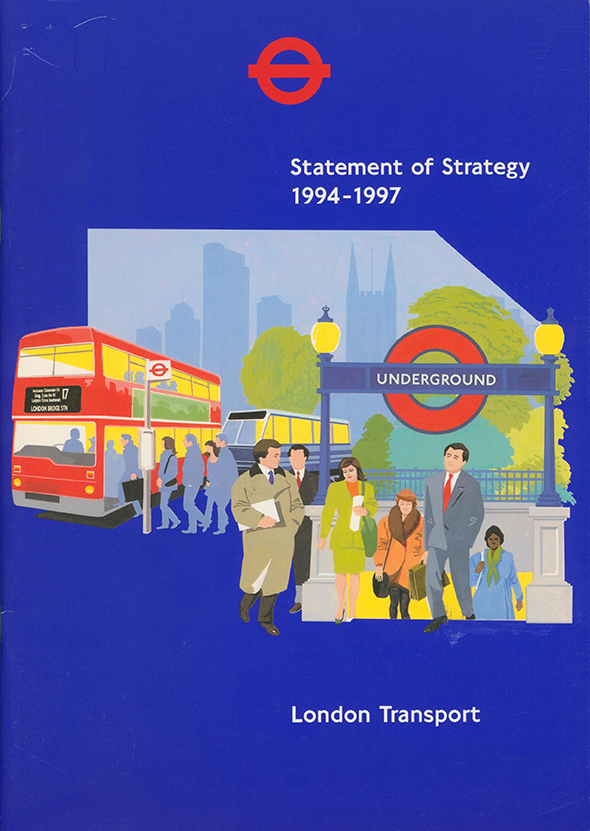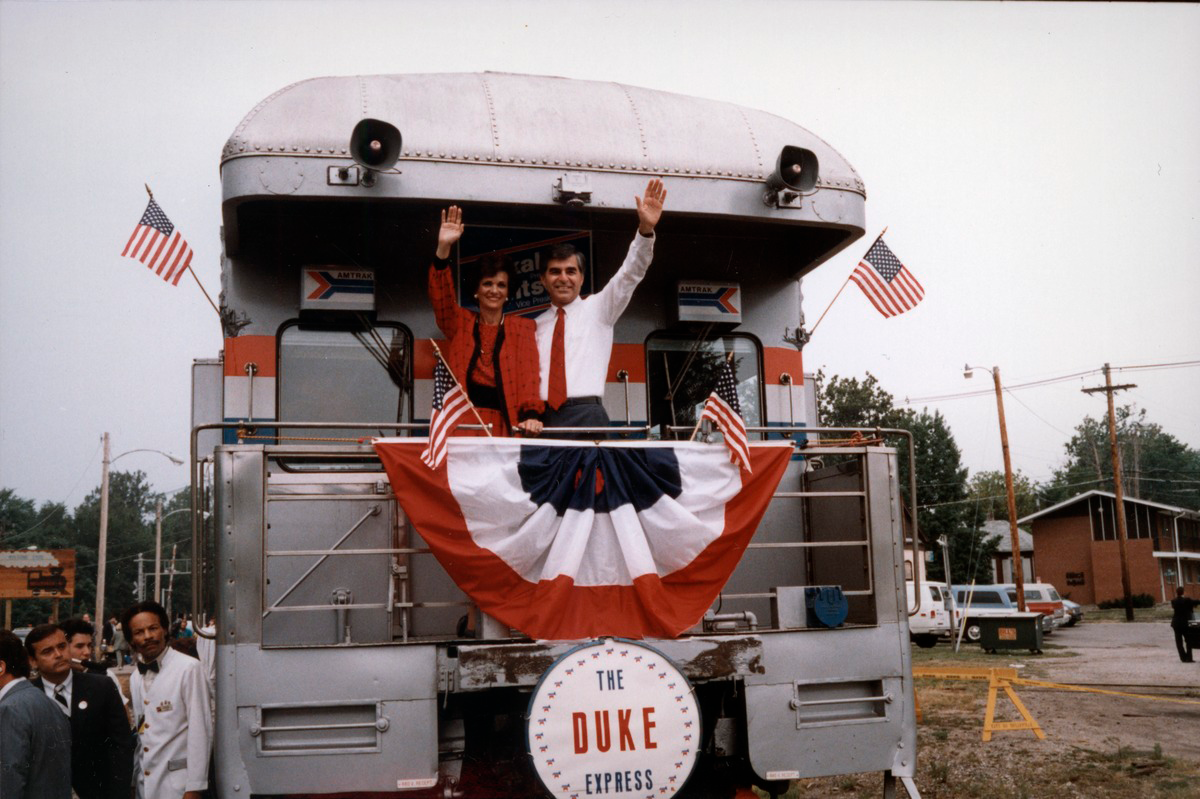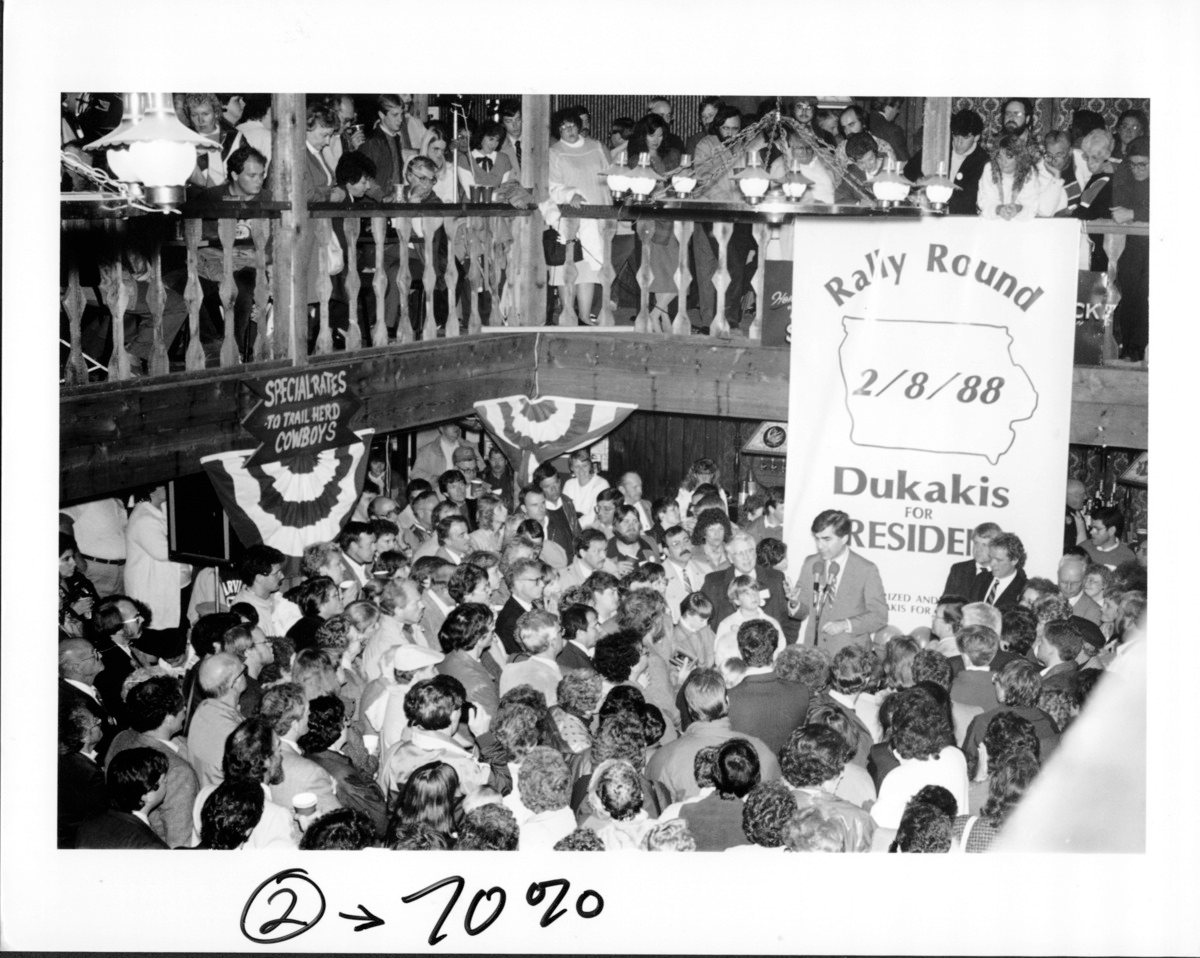Issue and Inquiry and Urban Confrontation: Two Radio Programs Covering Urban Issues in Uncertain Times
Two radio program collections available in the Digital Repository Service (DRS) — Issue and Inquiry and Urban Confrontation — document social progress and unrelenting difficulties within American cities in 1970-71. Airing on Northeastern University’s radio station WRBB, the programs were produced the university’s now-defunct Division of Instructional Communication. (Urban Confrontation noted that it ended in 1971 for financial reasons.)
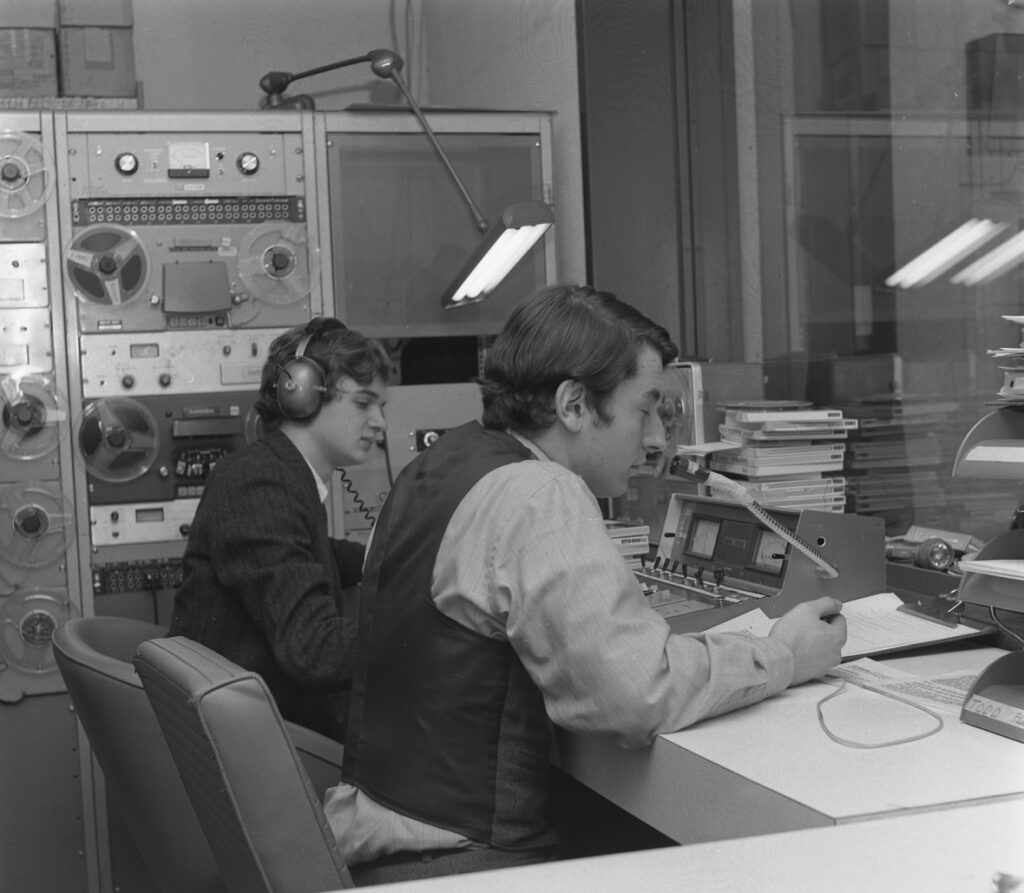
Episodes were primarily hosted by Joseph R. Baylor and feature interviewees from across the United States discussing wide-ranging topics. From the threat of nuclear warfare to the farm labor rights movement, from the “longhair” youth subculture to de-facto school segregation, these episodes present a sweeping view of both common anxieties and optimistic ideas about the future of city life.
As a metadata assistant in Digital Production Services, I performed a survey of the episodes and their associated metadata records. This helped me understand how descriptive information should appear in the DRS. For example, I investigated how titles, creators, subjects, and abstracts should be recorded for each episode. Next, I created an editing plan, performed batch edits, and carefully listened to each episode. As I listened, I recorded accurate information about the episodes so it could be updated in the DRS.
I selected two interesting episodes to highlight here, but be sure to check out the full collection for more episodes.
Oil in Santa Barbara: The Pollution Tragedy (Issue and Inquiry, Episode 10)
In this episode from 1970, Al Weingand, Bob Solan, and Dick Smith discuss a Union Oil offshore drilling well explosion that occurred on January 28, 1969, expelling two million gallons of uncontrolled oil into Santa Barbara Channel off the coast of California. Topics include the oil’s effect on tourism, local economy, wildlife, fishing, and environmental safety concerns.
Weingand, a Santa Barbara resident and former California legislative member, explains that no other disasters can compare to the devastation of the oil pollution. Smith, a reporter for the Santa Barbara News Press, calls for greater investment in tourist value of beaches, saying that offshore oil well spills are dangerous both environmentally and economically. Solan, another reporter for the News Press, covers the psychological benefits of beautiful surroundings for Santa Barbara residents.
This episode was produced in a time of evolving standards for environmental safety and presents an intimate view of lives affected by oil pollution.
Afro-American Culture: The Black Artist Unchained (Urban Confrontation, Episode 11)
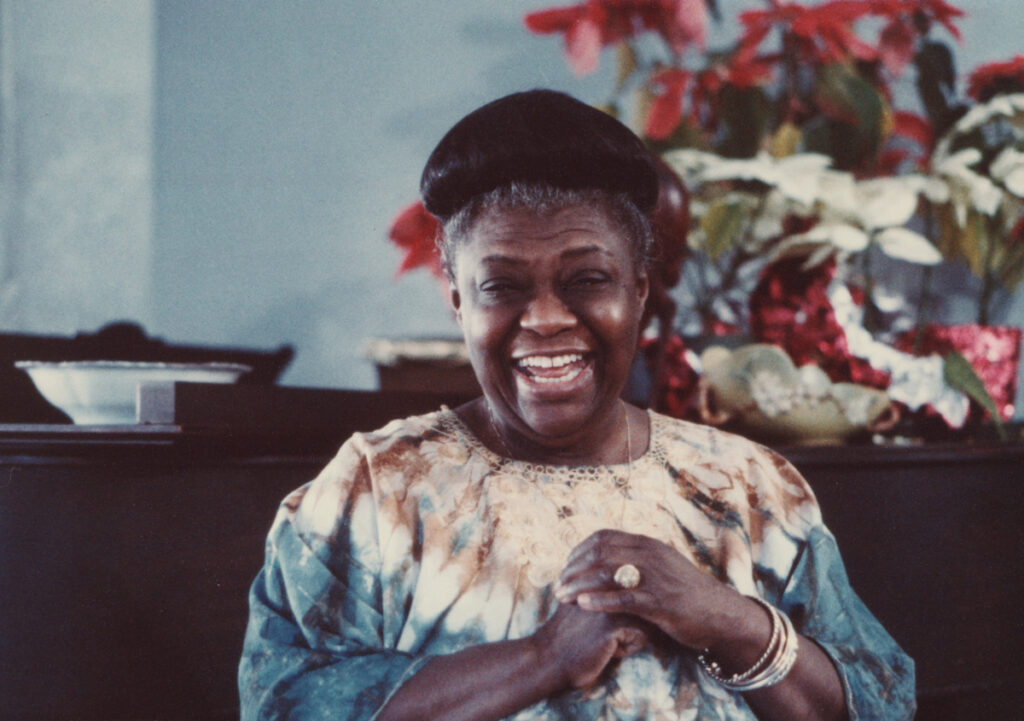
“The business that I am about is resurrecting that dormant conscious pride that Black people have had and should have.” — Elma Lewis (4:57)
In this episode, airing in 1970, arts educator and activist Elma Lewis discusses the intertwined histories of Black labor and Black cultural impact in America. She speaks critically of modern art because she says it lacks a basis in life experience. This, Lewis explains, is why Black contributions to American culture transcend art and extend to labor and life experience, which has formed the basis of American society. Throughout the program, Baylor asks Lewis to respond to common racist comments about Black culture. Despite Baylor’s insistence that Lewis speak to his white audience, she intentionally denies this request. Laughing, she replies, “I don’t answer nonsense. I’m not in the business of answering nonsense.”
For more information on Elma Lewis, explore the DRS. More materials from the Elma Lewis collections (Elma Ina Lewis papers, Elma Lewis School of Fine Arts records) are expected to be available in the DRS in 2026.
I wanted to highlight these two episodes because they made me think deeply about both everyday problems and large socio-political injustices which continue to affect us today. “Oil in Santa Barbara” presents opinions from concerned community members in California. It focuses on their reaction to environmental pollution, showing common anxieties about business success, health, and the beauty of their local natural environment. By contrast, “Afro-American Culture” features distinguished Black arts educator Elma Lewis. She discusses fine arts movements, while also celebrating Black joy and artistry in the face of wide-scale systemic racism.
I greatly enjoyed the opportunity to help make these shows available in the DRS. Both Issue and Inquiry and Urban Confrontation hold potential research value for those interested in viewing snapshots of American life in the early 1970s.
Chelsea McNeil served as a part-time metadata assistant in Digital Production Services.
